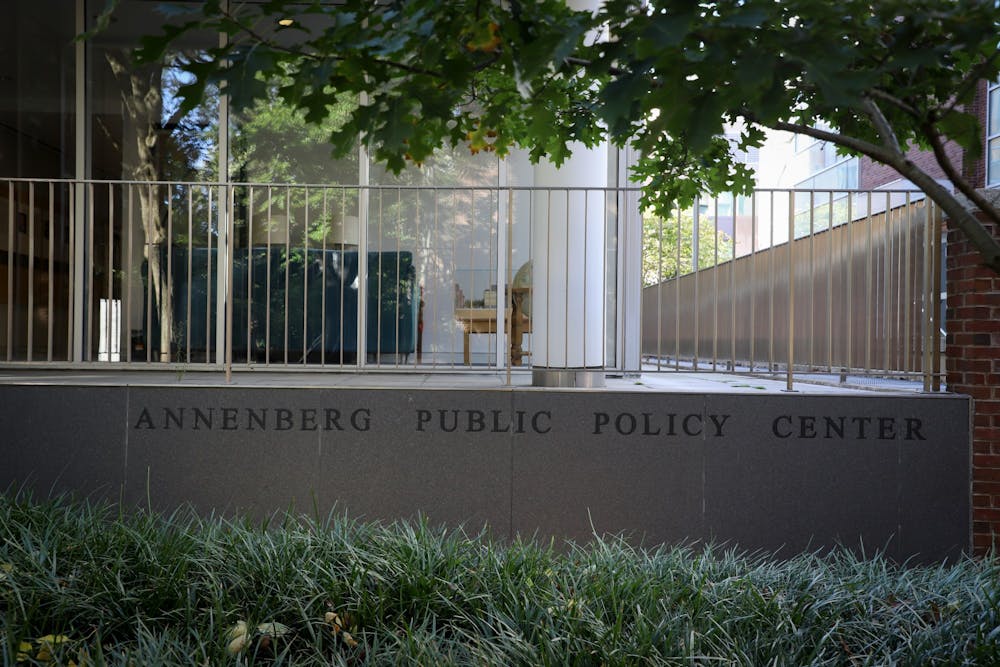
The Annenberg Public Policy Center found that there has been decreasing news coverage of an unproven link between the holiday season and suicides in coordination with a decline in the national suicide rate for the second year in a row.
The APPC presented its annual analysis of patterns in news reporting about the false holiday-suicide connection over the 2020-2021 season, finding that there were fewer than 20 articles that discussed the connection at all despite a rise in risk factors for suicide spurred by the COVID-19 pandemic. The statement also noted high levels of anxiety for young people coinciding with the pandemic and discussed the three percent decline in suicides nationally.
The statement also offers suggestions for journalists on how to acknowledge the myth that suicides increase around the holidays. Dan Romer, the APPC’s research director, said in the statement that it is important for news organizations to debunk the myth to prevent possible contagious effects on those considering suicide.
The APPC also urged reporters to follow the national recommendations for reporting on suicide, which advise journalists not to promote information that can increase contagion, to consult reliable sources such as the Centers for Disease Control on suicide rates, and provide information about resources dedicated to helping people in need.
The APPC has tracked news stories linking the holidays and suicide for the last two decades. The statement noted that this year more newspapers debunked than upheld the myth, and the overall scarcity of coverage on the topic could be considered a positive sign.
Romer said in the statement that this trend “is a success story, in a sense” since last year’s report advised media organizations not to sensationalize or inflate statistics about suicide during the pandemic.
“Now, we are encouraged to see that the suicide rate decreased during the pandemic and that few stories during the pandemic holiday season supported the myth,” Romer said in the report.
The report includes commentary on a connection between the pandemic and a rise in anxiety levels among young people. During the Thanksgiving holiday period of 2020, 49% of 18 to 29 year olds reported symptoms of anxiety or depression, while the national average for all ages during that period was 36.1%. Both were significantly higher than 2019’s full-year average for all ages of 10.8%.
“News outlets often publish well-intentioned stories and features at this time of year designed to help people who find the holiday season emotionally difficult, but they need to be careful to avoid a false connection between the holiday or winter blues that some people experience and suicide," Romer said in the 2020 report.
The Daily Pennsylvanian is an independent, student-run newspaper. Please consider making a donation to support the coverage that shapes the University. Your generosity ensures a future of strong journalism at Penn.
Donate







